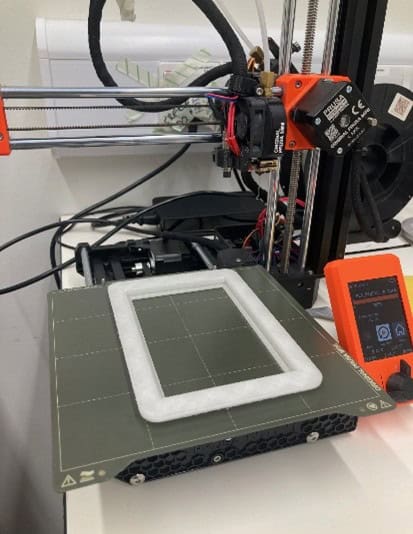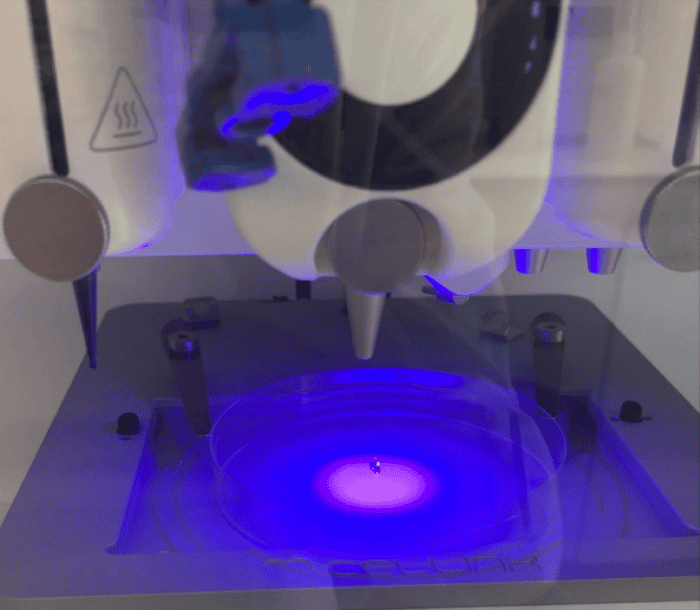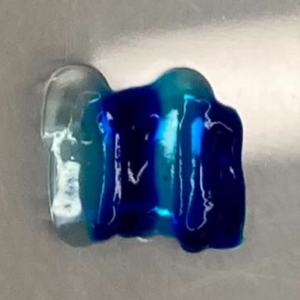A Summer of Science: Investigating Mechanical Gradients in Hydrogels
Victoria McDowall, a fourth year student in Biomedical Engineering, writes here about her summer internship experience.
Hello, my name is Victoria, and I am about to begin my fourth year of Biomedical Engineering at the University of Glasgow. This summer, I undertook a 10-week internship at the ARC through the EPSRC Vacation Internship scheme. My project focuses on creating mechanical gradients in hydrogels using extrusion-based bioprinting, UV cross-linking, and GelMA. I characterised the gradients using Brillouin Microscopy and Nanoindentation. This work was carried out with support from Cellink, which supplied the GelMA used in the project.

Figure 1: Image of 3D printed Well plate holder
I first heard about the internship through my university email. After sending in my application, attending an interview and a tour of the ARC, I was very excited to be offered the position. My interest in this specific internship stemmed from both my academic studies, where I have studied Biomaterials, Microscopy and Optics, and my extracurricular activities, where I volunteer at a charity called Handprints e-NABLE, who make 3D printed prosthetic hands for those in need. I was particularly excited about the opportunity to work with the bioprinter, as it allowed me to expand my knowledge of 3D printing into the field of Bioprinting
During my project, I created mechanical gradients by varying UV exposure times between 0 and 60 seconds to photopolymerise the gel, which created a stiffness gradient. I tested two types of GelMA ( 95 and 50) and used the BIO X6 for both the printing and UV exposure. To characterise the gradient, I used Brillouin microscopy, which provided the shift in (GHz), and nanoindentation, which provided the effective Young’s modulus in (kPa). All data analysis was performed using Python. I also dyed the hydrogels using food colouring to visualise the transition regions between exposure times. As another part of my internship, I measured pre-made gels from Cellink using the Brillouin and made a 3D printed well plate holder for the samples using a Prusa Mini.

Figure 2: Image of Hydrogel exposed to UV in the BIO X6
My time at the ARC has been an incredible learning experience and has allowed me to learn advanced laboratory techniques, take part in a meeting with Cellink, and gain insight into the world of research. I am grateful to the CeMi team for creating such a welcoming environment and for always being willing to share their expertise. A special thanks to my supervisors, Giedre and Sasha, for their encouragement and guidance throughout the project. After an amazing summer of science, I’m looking forward to returning to University to finish my studies with my new skills and renewed enthusiasm for Biomedical Engineering.

Figure 3: Image of Hydrogel dyed with blue food colouring